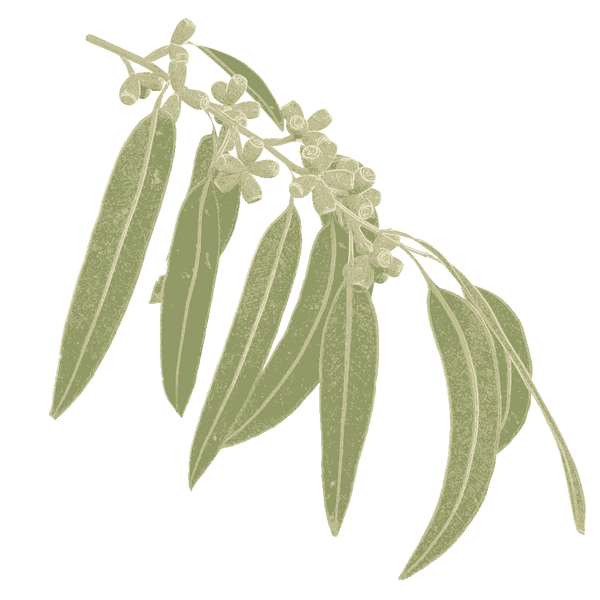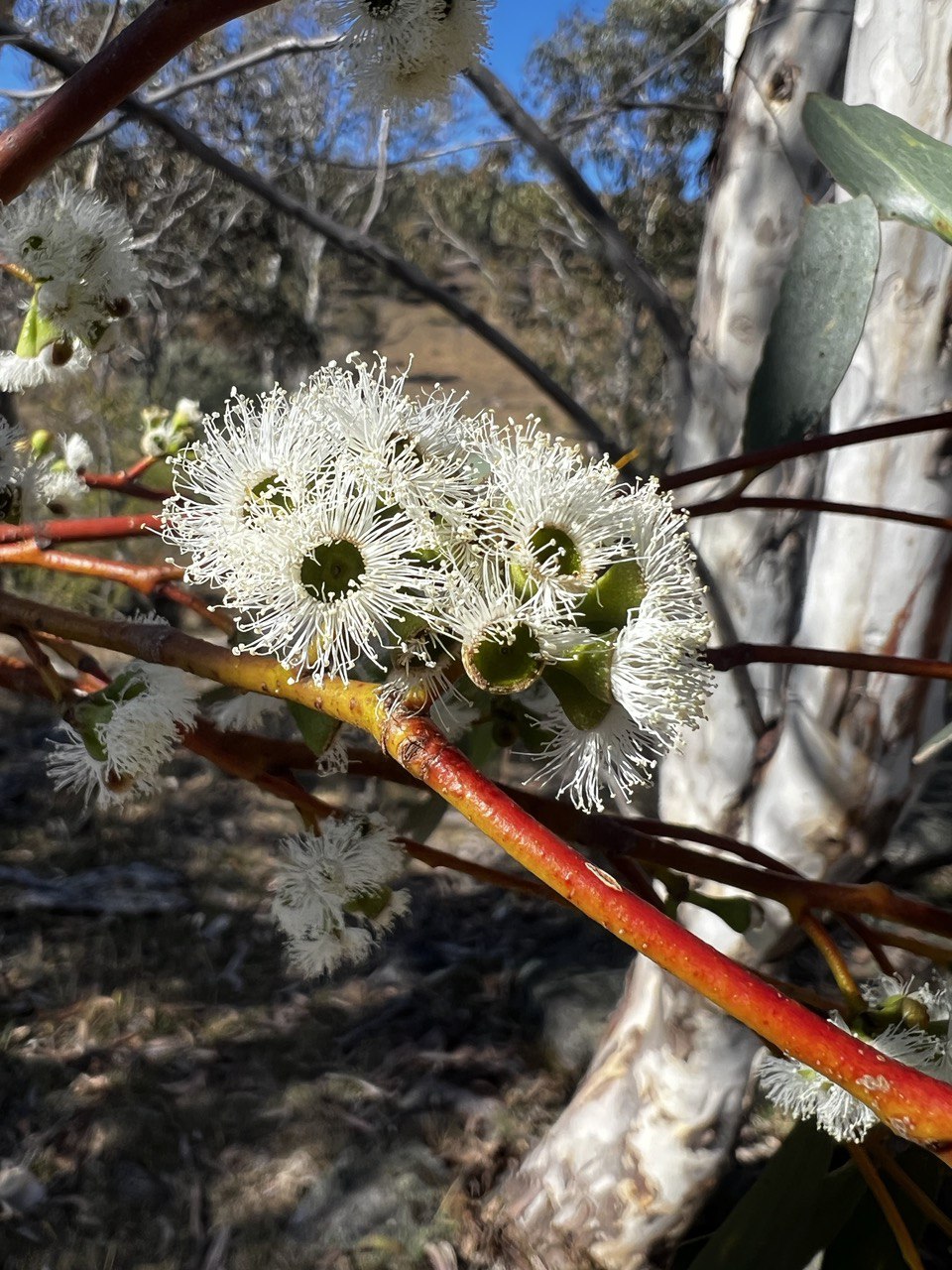When it comes to germinating native plants from seed, it's not always as simple as sowing and watering. Many Australian species have evolved complex germination requirements, and cold stratification is one of the most important.
At Native Seed Victoria (NSV), we specialise in supplying high-quality, provenance-specific native seed for restoration and revegetation across Victoria. While we don't carry out stratification ourselves, we provide guidance and germination information to help you get the best results from your seed.
❄️ What Is Cold Stratification?
Cold stratification is the exposure of seed to cold, moist conditions for several weeks to mimic the natural winter period many native species experience in the wild. This artificial "winter" helps trigger germination once temperatures rise again.
In nature, seeds from cold climates typically fall in autumn and lie dormant through winter. Cold temperatures and moisture gradually reduce dormancy-promoting hormones like abscisic acid (ABA) and increase growth-promoting hormones like gibberellic acid (GA).
📖 Learn more:
Australian National Botanic Gardens – Seed Germination:
https://www.anbg.gov.au/PROPGATE/germinat.htmRoyal Botanic Gardens Victoria – Seedbank:
https://www.rbg.vic.gov.au/science/seedbank/
🌿 Which Native Species Need It?
Cold stratification is especially useful for alpine, subalpine, and cool-climate species. Common examples include:
-
Eucalyptus pauciflora (Snow Gum)
-
Grevillea alpina
-
Tasmannia lanceolata (Mountain Pepper)
-
Some banksias, melaleucas, and herbaceous daisies
These species often exhibit physiological dormancy—meaning they won't germinate until they've experienced a period of cold, wet conditions.
📚 Reference:
Australian Native Plants Society (Australia) – Plant Propagation:
https://anpsa.org.au/plant-propagation/
🧪 How to Do Cold Stratification
We don't offer stratification services at NSV, but here's how you can do it yourself:
Step-by-Step DIY Method
-
Moisten the seeds using damp vermiculite, sand, or paper towel.
-
Seal them in a labelled plastic bag or container (not airtight).
-
Chill them in the fridge (not freezer) at ~4°C.
-
Wait for 4–12 weeks depending on species.
-
Sow immediately after chilling, while seeds are still hydrated.
Sample Stratification Times
Here are approximate cold stratification durations for some common native species:
-
Eucalyptus pauciflora (Snow Gum) – 4 to 6 weeks
-
Grevillea alpina – 6 to 8 weeks
-
Tasmannia lanceolata (Mountain Pepper) – 10 to 12 weeks

Always check specific seed treatment guides for your species, as timing can vary based on provenance and seed maturity.
🔗 More info:
Australian Plants Society Victoria – Native Seeds:
https://apsvic.org.au/native-seeds/Australian Native Plants Society (Australia) – Plant Propagation:
https://anpsa.org.au/plant-propagation/https://publications.csiro.au/publications/publication/PIlegacy:482
⚠️ Common Mistakes to Avoid
-
No moisture = no stratification
-
Too cold (freezing) = seed damage
-
Wrong species = wasted effort
-
Mould = start over (keep it clean!)
📘 Read:
FloraBank Guidelines – Full Module List:
https://www.florabank.org.au/guidelines/
For detailed germination and dormancy info, including stratification, see Module 11 of the FloraBank Guidelines:
https://www.florabank.org.au/guidelines/?link=Module11
🔍 Do All Seeds Need This?
Definitely not. Many species germinate easily with moisture alone or after scarification Cold stratification is only necessary for seeds with physiological dormancy—common in alpine and cool-temperate species.
Conclusion
Cold stratification is a critical—and often overlooked—step in native seed propagation. It mimics nature, boosts germination, and gives cool-climate species the conditions they need to thrive.
If you're planning a revegetation or restoration project in Victoria and you're working with alpine or temperate zone flora, cold stratification could be the key to success.

